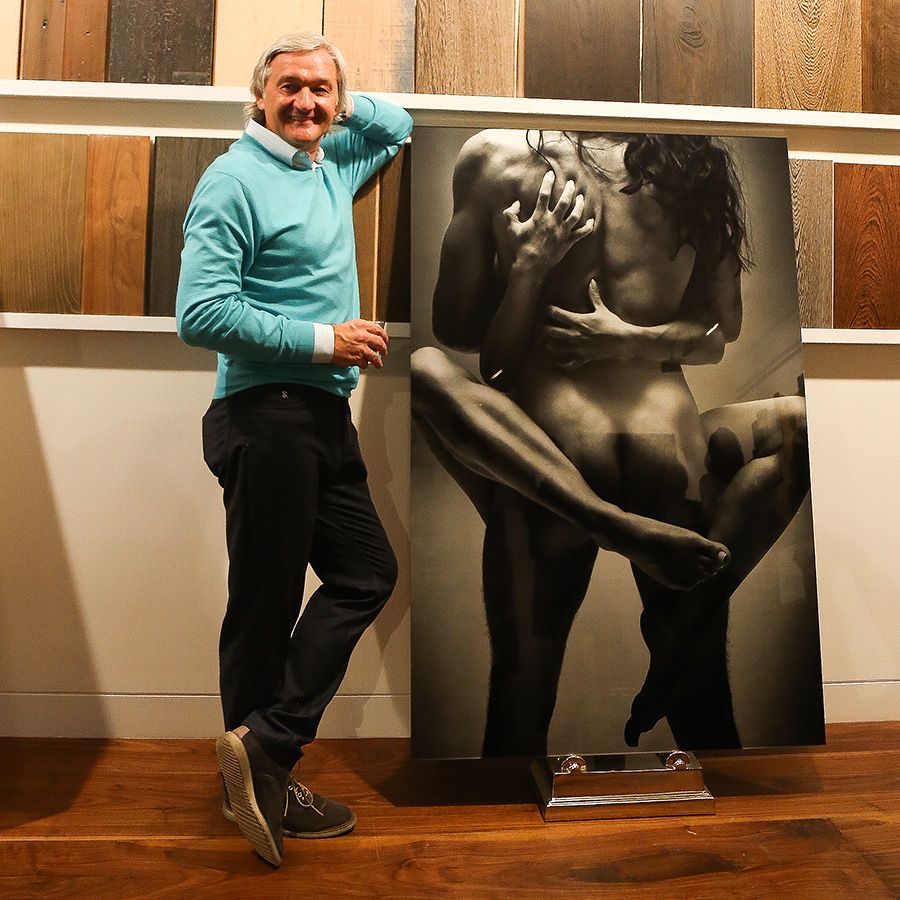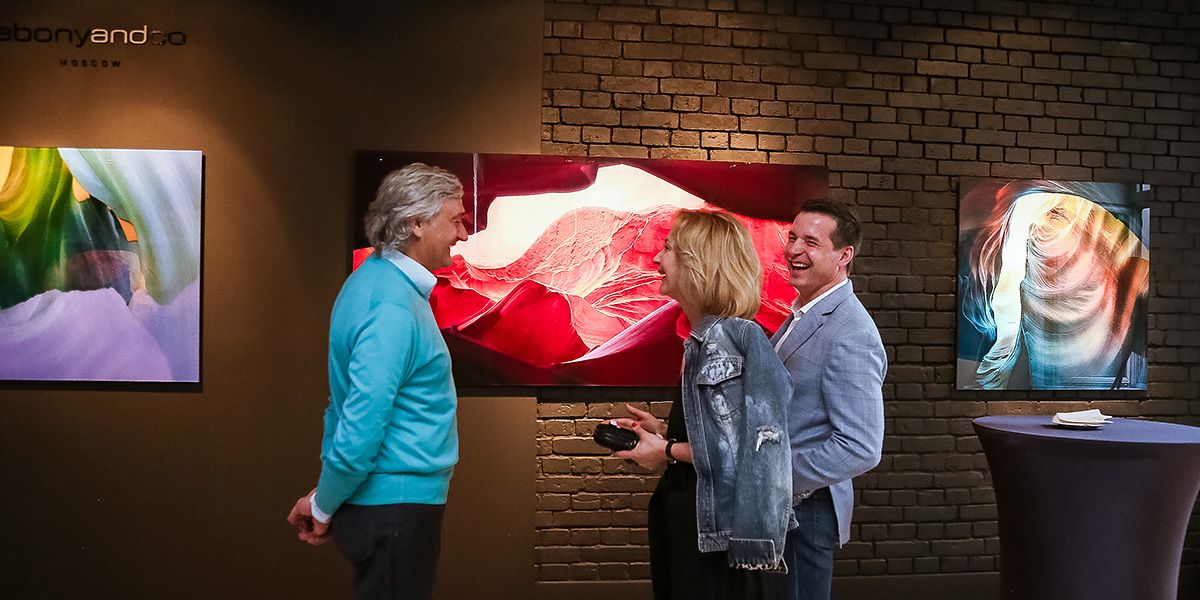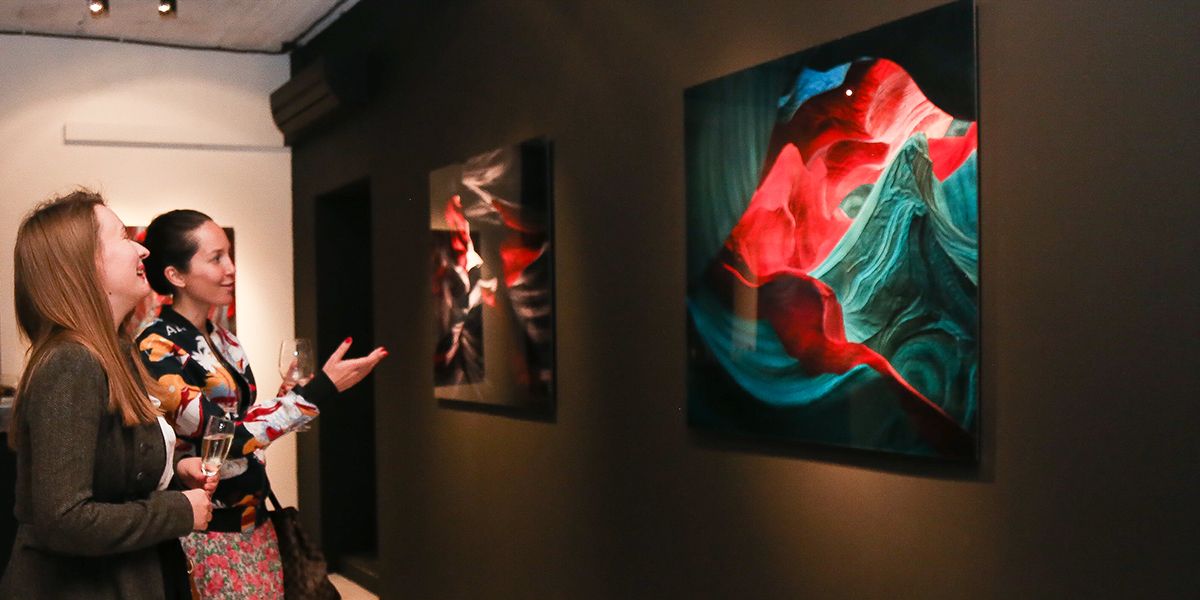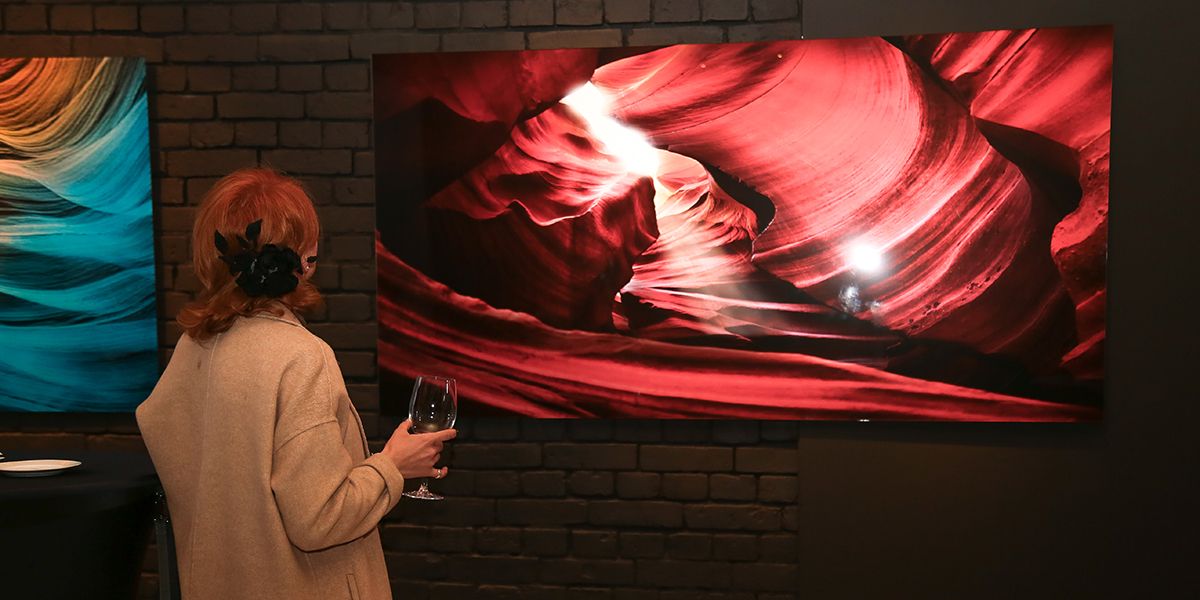Terrace at the Kremlin with Andrei Pankovsky
Apart from successful businessman and vintage-cars fancier, Muscovite Andrei Pankovsky is a successful photographer. His work was showcased during Ebony and Co’s event Terrace at the Kremlin that took place in the Russian capital last May. We asked Pankovsky about his discoveries and obsessions, and how the medium enriched his personal life.
What made you turn into photography?
‘A passion for art runs through my DNA: family from father’s side was very engaged with art. My father painted quite well. Ever since I was a teenager, I’ve loved photography. My relationship with the medium changed when I received greater understanding of the process that happens behind “just” clicking the button on a professional camera, a birthday gift from my wife. I’d say since then, my attitude has switched “from head, to heart”.’When was the first time you made a photo and what did you depict?
When I was a kid, I used to take pictures with a Smena 6, a 35mm viewfinder camera popular in the USSR. The images are very raw with little thought behind them. I did keep them, mostly for nostalgic reasons. One of my first artistic series was dedicated to the 50th anniversary of DSK-1, the construction company I work for. We shot the company’s top managers, mimicking the cultural life as it was in 1961.
Andrei Pankovsky

What other project are you particularly proud of?
With the photo series Emotion, I wanted to portray the models’ emotions. At first we donned them in garments specifically created for the shoot, but when I made the photos I realized the soul had gone lost through this approach. So I decided to re-do the shoot with naked models instead.Do classic cars make an appearance in your work?
Once I made a project for a company that specializes in luxury fur and leather goods. I was asked to create 12 pictures for the brand’s new boutique in Sochi that was scheduled to open during the 2014 Winter Olympics. Models wearing superb crocodile leather and the finest Barguzin sable skins were posing in front of a stunning vintage car. The second time a vintage car appeared in my works was for a photo-shoot dedicated to my grandson’s second birthday. He is in love with cars so I created some kind of automobile life story.What do you try to capture?
Emotions! If seeing my photos leaves you indifferent, I did something wrong.How does making photos enrich you as a person and as a professional?
As it was mentioned before I work for a construction company, specialized in construction, development and real estate. Most people I work with see their work as their hobby. It’s rather dry and money-orientated if you like. Photography opened an entire new world for me. It truly enriched my life, meeting so many creative and culturally engaged people: architects, gallery owners, photographers, and artists. I’d say my life is saturated with the entire spectrum of colours now, not only the colour green of the Dollar note. As I see it, we work to live, not live to work.Which artists do you look up to?
There are so many! Unfortunately photographers don’t usually have enough own funds to make great PR campaigns or to support their exhibitions. There is no culture to support photographers among philanthropists. A lot of young gifted men and women remain unknown, or work only for commercial projects.Do you also collect art?
I have two huge libraries, one at home and one at the studio, stacked to floor to ceiling with books and albums of painters and photographers.

Can you imagine an interior without images?
When I met Boris Uborevich-Borovsky, an authority of contemporary Russian architecture, at Terrace by the Kremlin (an Ebony and Co event that was held last May, ed), he said to me: ‘I a the rule that is allowing no place for photography in interior spaces. I believe this genre cannot be integrated in the understanding of modern art. Having said that, every rule has its exceptions.’ Then he pointed at my photos belonging to the Emotion series, called Passion. ‘This is the exception! I find this work absolutely relevant in the space.’ For me as artist, that’s the biggest compliment you can ask for. It gives me the approval for being here.’The current economic state in Russia makes it difficult for people to buy original art works. Yet an interior without art looks poor, so people tend to buy replicates instead. Maybe it would be better for them to invest in original works of unknown photographers, instead of printed copy. Art is a unique contributor to the quality of our lives.